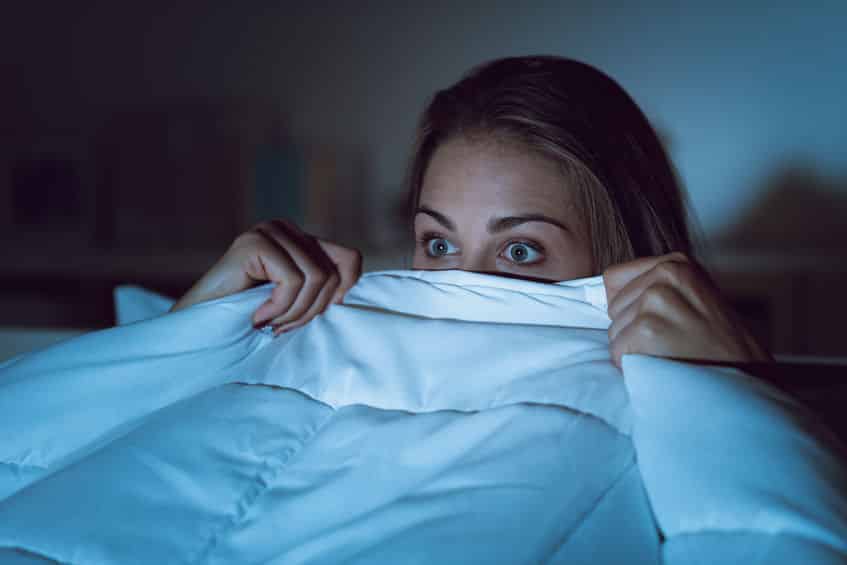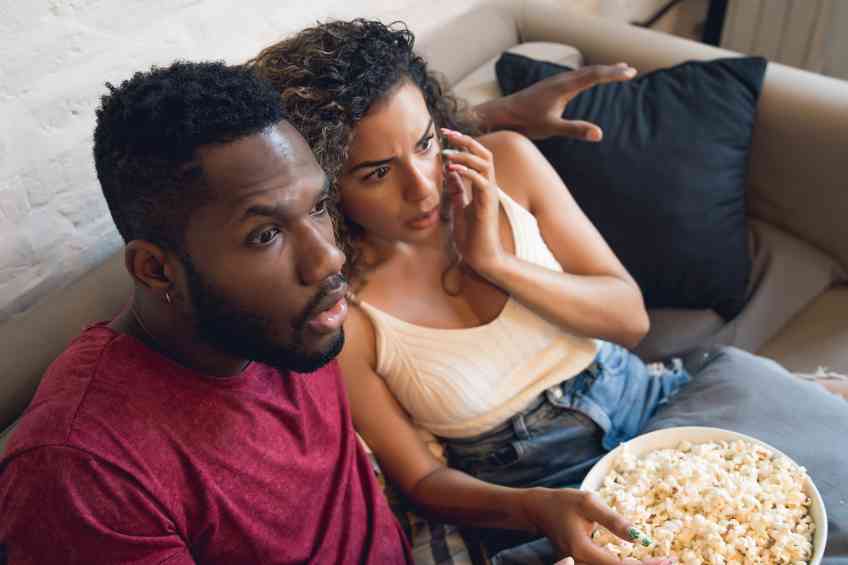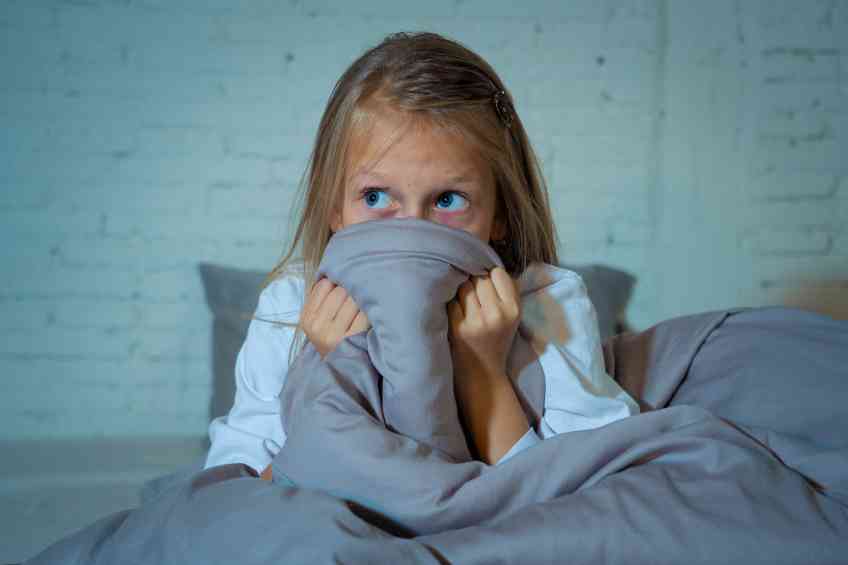By Sean Zucker –
Jason Voorhees mercilessly murdering camp counselors. Michael Myers slowly stalking babysitters. Pennywise pulling a six-year-old kid into a sewer drain to literally eat his soul. These are terrifying images. So why do we like them to the point of supporting the financing for endless sequels? It just so happens there are innate biological and possibly beneficial reasons we love to be scared by horror movies.
It’s all about inciting the distinctive fight or flight response, says John Mayer. No, not that John Mayer. Rather, the John Mayer who is a practicing Clinical Psychologist, fittingly specializing in families, children and young adults. The doctor spoke with Insider on the psychological reasons people are drawn to horror movies and the benefits of the frightening responses they induce. When individuals are exposed to something that scares them, whether real, imagery or scripted, their fear induces the basic human fight or flight response, unleashing a surge of adrenaline. But once the body realizes that the threat has been overcome, it releases a catalog of feel-good hormones. Essentially, your body is a wonderland and horror movies serve as its tallest, most intense roller coaster.
Earlier this year, the University of Turku published a study on how horror manipulates brain activity to enhance excitement. The Finnish research team examined the neural activity produced in response to watching scary movies. As a testament to their popularity and our desired to be spooked, the initial survey of participants saw a staggering 72 percent report watching at least one horror movie every 6 months with the prevailing motive being excitement.
The bulk of the study saw participants having MRI scans taken of their brains while these flicks. The researchers found that during slow tension building moments, anxiety gradually increased and regions of the brain involved in visual and auditory perception became more active as the need to attend for cues of threat in the environment become more important. However, after a jump scare scene, brain activity was more evident in regions involved in emotion processing, threat evaluation and decision making, creating a rapid response. Throughout a horror movie, these regions of the brain are in constant discussion, continuously anticipating and preparing us for action in response to threat, enhancing our feelings of excitement.
Dr. Steve Schlozman, an assistant professor of psychiatry at Harvard Medical School and practicing psychiatrist at Massachusetts General Hospital, believes horror movies have a profound ability to help us appreciate ourselves and each other. But how exactly does watching Leatherface jam a chainsaw into some dude’s neck mimic the self-realization and communal gratitude as a Joshua Tree drum circle? The key, amazingly enough, is the comfort they provide, Schlozman said.
During his 2017 TED Talk on the subject, Schlozman laid out his thesis. “Horror makes us ask questions that we are very uncomfortable asking in any other setting except in the campy displacement that horror affords,” he theorized. “And because of that we can get to know ourselves better. We can tolerate our foibles better and we could learn to love each other better.” The Harvard psychiatrist went on to explain that horror movies allow us to confront our own, possibly suppressed, fears in the low stakes environment of fiction. This, in turn, allows us to grow past these fears without putting ourselves in any actual danger.
Much like poor choices made by horny teenagers in these horror movies, metacognition plays a major role. Metacognition refers to the act of thinking about what you’re thinking about and its crucial in how someone who’s watched a horror movie reflects on the fight or flight response it generates. According to Schlozman, when the brain registers an image on screen to be terrifying, it is often due to a loss of pattern recognition – something not appearing or acting as society and our life experiences deemed it should be. This would include, for example, a clown not dancing and making balloon animals for kids but instead holding a bloody knife and trying to kill someone.
“When we have that cognitive dissonance of two patterns that get shoved together and we feel a little bit frightened then we step away and can wonder is that the source of prejudice? Is that the source of racism? Something that looks really similar to you but it’s a little bit different. Is that our neurobiological substrate for one of the worst things we can do as humans? These are the questions that horror can ask in ways that we cannot ask directly,” he explained.
Horror mastermind and director of Halloween, John Carpenter once proclaimed “Horror is a reaction; it’s not a genre.” It’s a sentiment not lost on the countless viewers who make up its estimated 733 million dollar industry, as the films’ popularity have always been rooted not necessary in the stories themselves but how they make us feel. We love them because they scare us and what scares us is often a clear representation of our most genuine selves.











